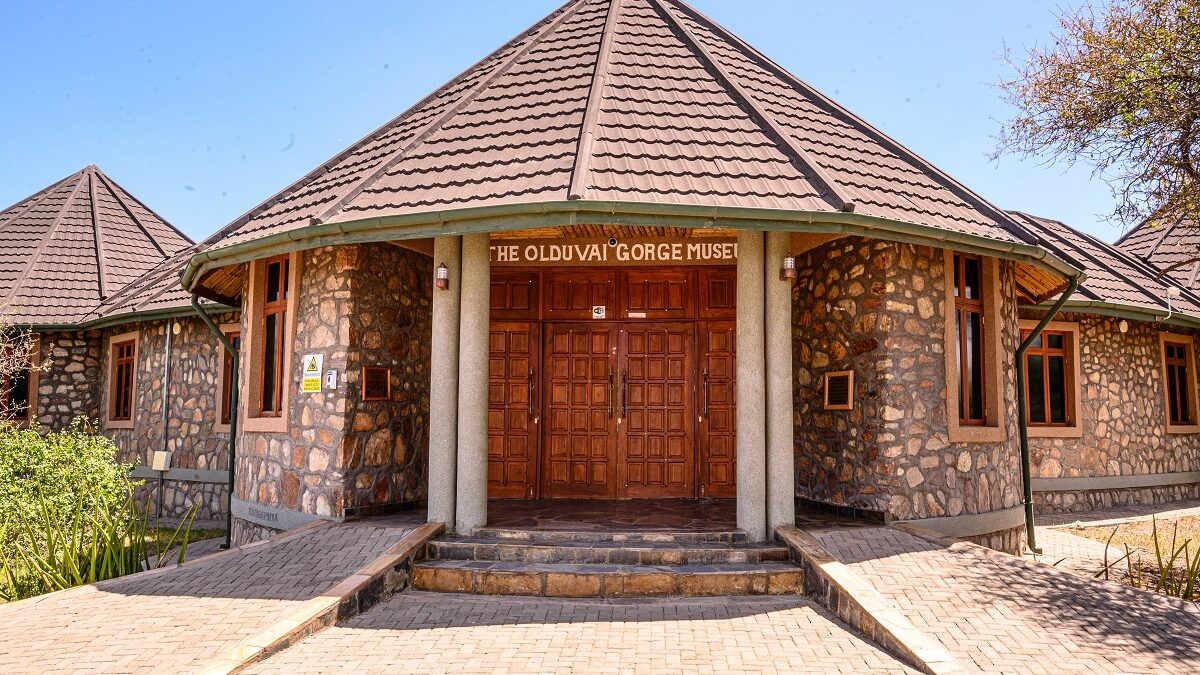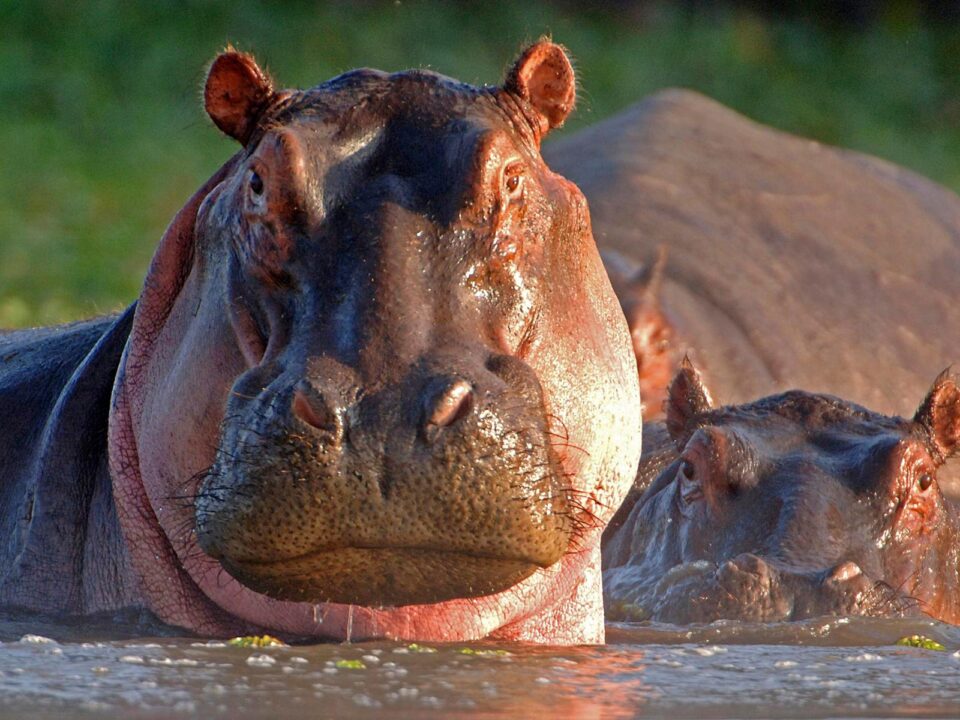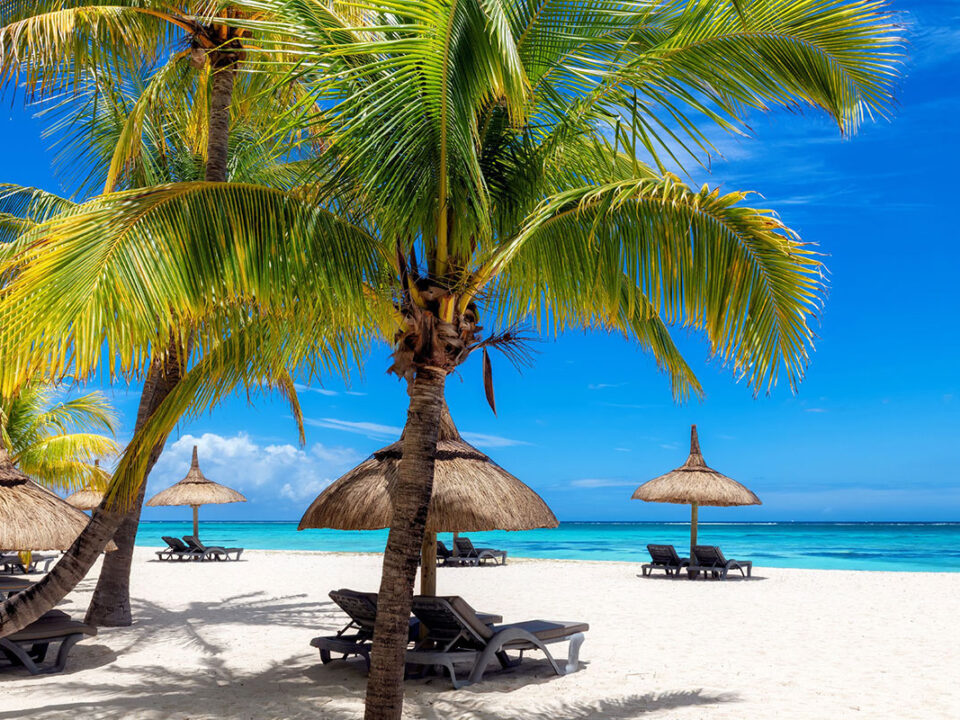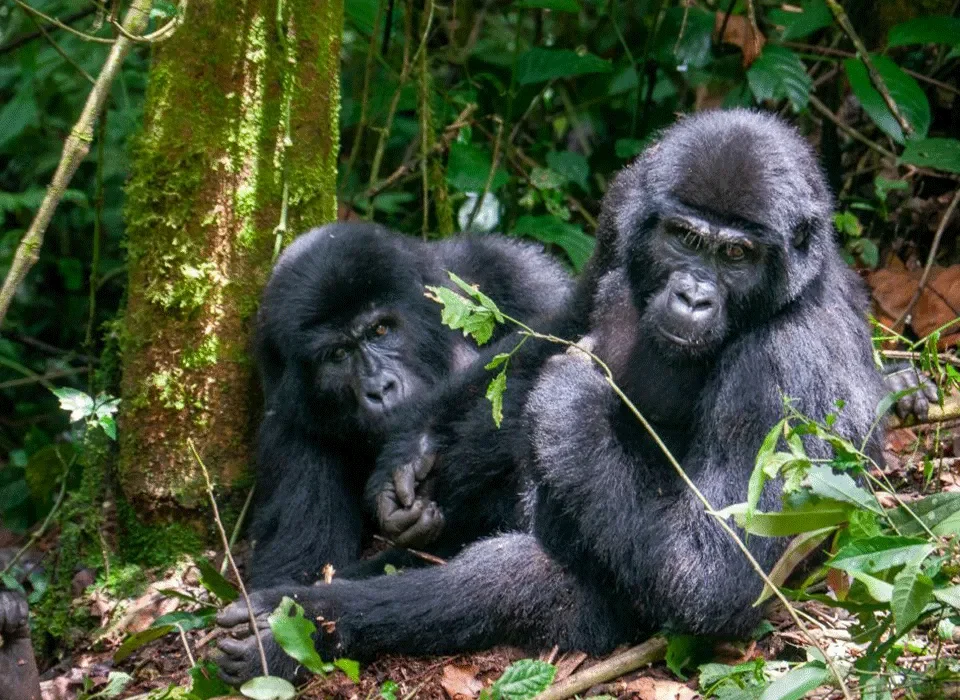Olduvai Gorge Museum in Tanzania

Bakiga Lodge in Ruhija Sector of Bwindi
December 12, 2023
Safari in May Wildebeest Migration Pattern
December 12, 2023Olduvai Gorge Museum in Tanzania – Ngorongoro Conservation Area
Situated amidst the awe-inspiring landscape of the Ngorongoro Conservation Area, the Olduvai Gorge Museum in Tanzania stands as a testament to the rich history and archaeological significance of the Olduvai Gorge within the Ngorongoro Crater. This museum serves as a repository of knowledge, showcasing fascinating findings from the Olduvai Gorge. Nestled within its own compound, the museum features essential facilities, including a separate dining area, a well-equipped curio shop, a lecture room, and environmentally conscious amenities powered by a combination of windmills and solar panels.
Exploring the Olduvai Gorge Museum:
A highlight of the museum is the panoramic view from a dedicated viewpoint that offers a breathtaking overlook of the Olduvai Gorge. This vantage point not only allows visitors to observe the gorge but also provides captivating views extending towards Nasera Rock and the Ngorongoro Conservation Area. Beyond the museum premises, there are more enchanting sections of the gorge accessible through a short drive or walk, such as the expansive Olduvai (Olduvai Kubwa).
Visitors can immerse themselves in the intriguing history and discoveries associated with the gorge through informative displays within the museum. Additionally, a souvenir shop within the premises offers the opportunity to acquire mementos commemorating the visit.
Location of Olduvai Gorge Museum in Serengeti, Tanzania:
Positioned as an oasis in the semi-arid landscape, the Olduvai Gorge Museum is strategically located south of the Olduvai Gorge, on the western fringes of the Ngorongoro Conservation Area near its border with Serengeti National Park. For a visual representation of its location, refer to the map below.
Getting to Olduvai Gorge Museum in Serengeti, Tanzania:
While a desert stroll might appeal to some, vehicular transport is the more practical option. The museum is conveniently closer to Serengeti National Park, Lake Ndutu (southwest), and the Loliondo Game Controlled Area (north). Accessible via a two-hour drive from Loduare Gate, vehicular transportation ensures a smoother journey through the expansive landscape.
Best Time to Visit Olduvai Gorge Museum:
The Olduvai Gorge Museum welcomes visitors throughout the year. However, the prime tourist seasons, especially during the great wildebeest migration in the greater Serengeti and Masai Mara region, draw larger crowds. For an optimal experience, consider planning your visit between June and October.




